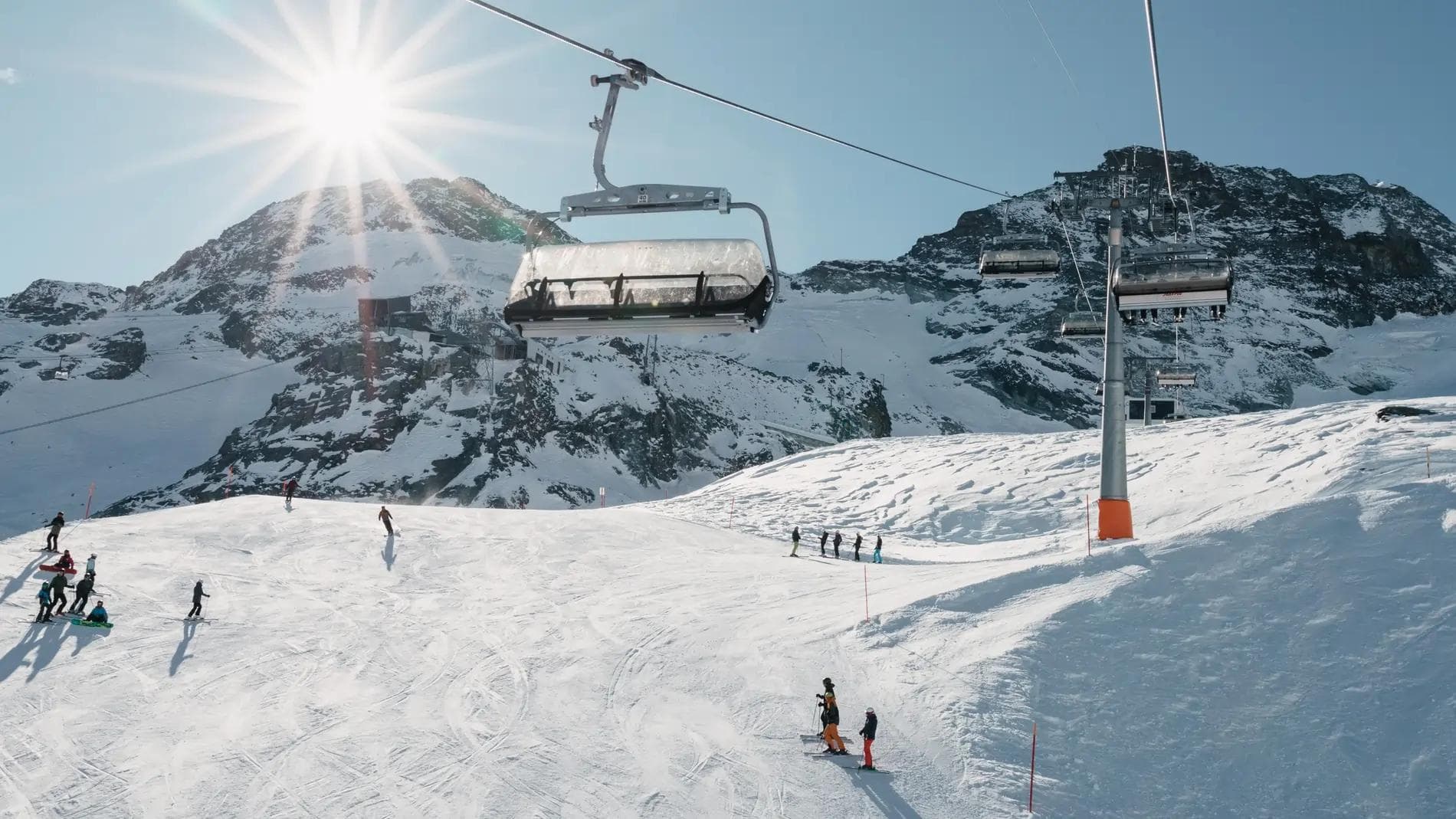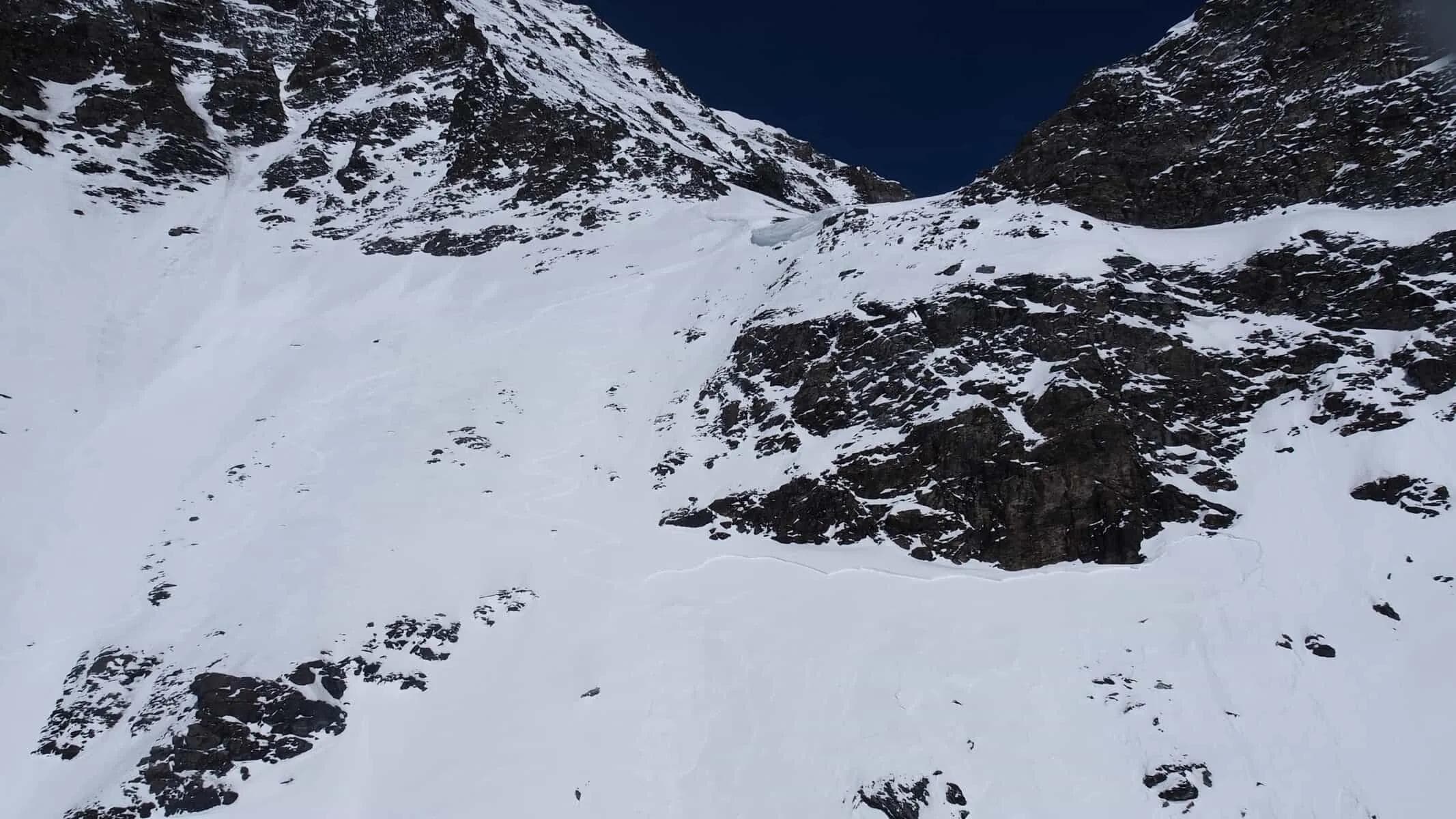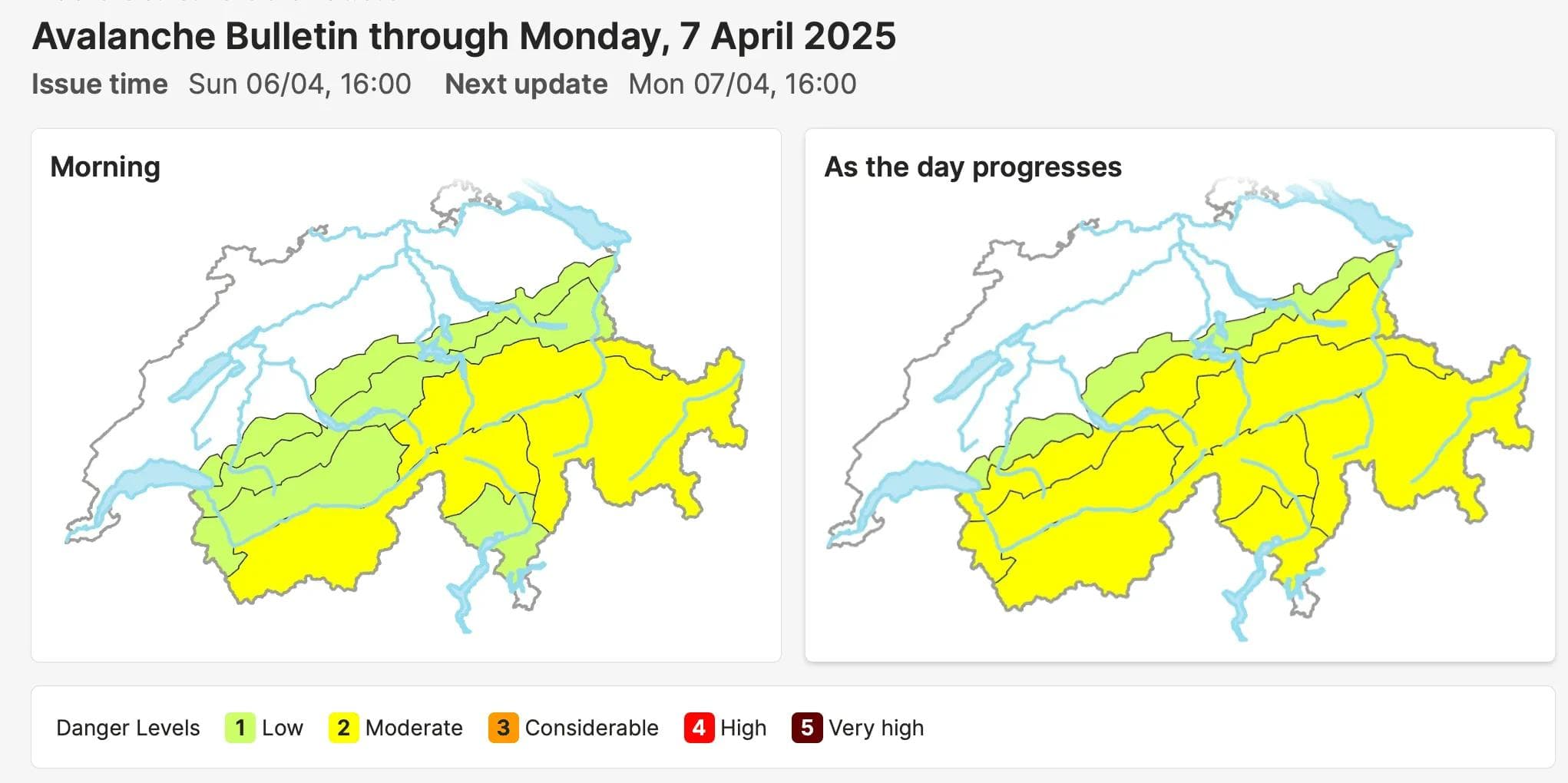
Two Fatal Avalanches in Swiss Alps Highlight Evolving Danger Scale
Published Date:
Categories
Swiss Alps Avalanches Claim Two Lives as New Danger Scale Debuts
Two separate avalanches in Switzerland's Valais Alps resulted in the deaths of two skiers last week. These incidents occurred as the Swiss Federal Institute for Snow and Avalanche Research (SLF) introduced a new three-tiered danger scale to improve risk assessment for backcountry users.
On April 3, a 34-year-old Swiss skier died near the Valsorey hut after triggering an avalanche while skiing steep terrain. Despite quick response from nearby guides and Air-Glaciers helicopter crews, the skier could not be saved. Two days later, a 58-year-old Belgian skier was killed near the Mauvoisin dam when an icefall triggered a mixed avalanche of ice and rock.

The SLF has warned of 'considerable' danger (Level 3) above 2,200 metres elevation. This level is now part of a new three-tiered system that subdivides existing danger levels into minus (-), equals (=), and plus (+) categories. For example, Level 3 now includes 3-, 3=, and 3+.
This refinement aims to provide more precise risk assessments, especially for dry snow avalanches. It's particularly important for Level 3, which is associated with half of all avalanche fatalities in Switzerland. The new system allows forecasters to better communicate changing conditions as snow stabilises or destabilises over time.
The SLF developed these sublevels in response to requests from avalanche forecasters and snow sports professionals. Data analysis has shown that avalanche activity correlates strongly with these sublevels, confirming their practical value. For instance, more avalanches are reported on days marked as '3+' compared to '3-'.

While the new system adds some complexity, surveys indicate that users find it intuitive and helpful for trip planning. The sublevels apply only to dry snow avalanches and are currently exclusive to Switzerland, though other European Avalanche Warning Services are monitoring their effectiveness.
Switzerland's avalanche management system, recognised by UNESCO, combines traditional knowledge with modern technology. This approach has nearly eliminated infrastructure-related avalanche deaths since 1999. However, backcountry incidents continue to occur, with an average of 23 fatalities annually.
The Valais Alps, where these recent incidents occurred, are home to several popular ski resorts including Verbier, Zermatt, and Saas-Fee. These resorts attract thousands of skiers and snowboarders each year, many of whom venture into the backcountry. The new danger scale is expected to provide these users with more detailed information to make informed decisions about off-piste activities.



